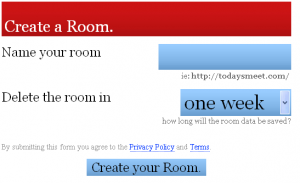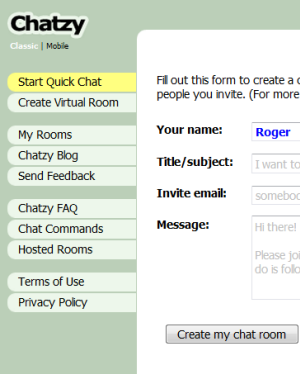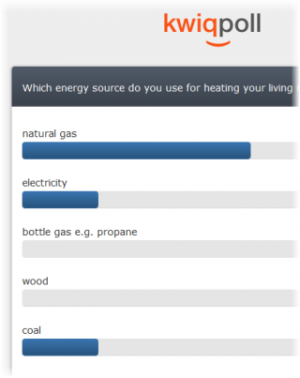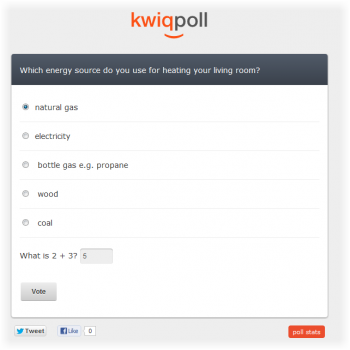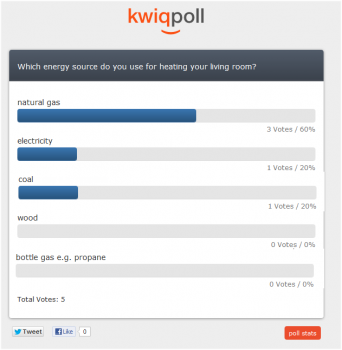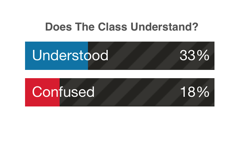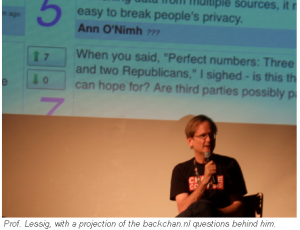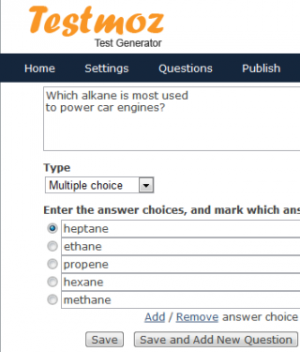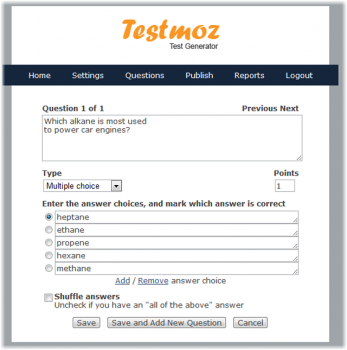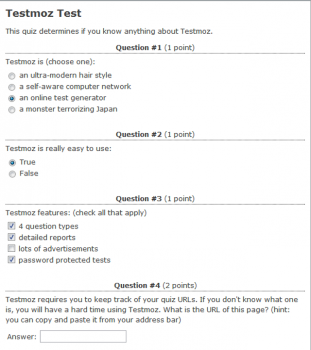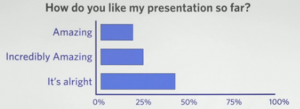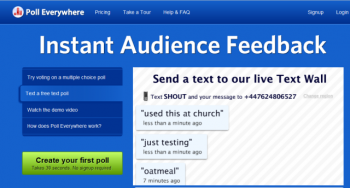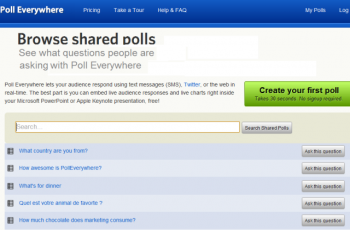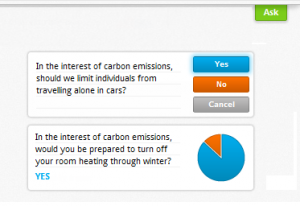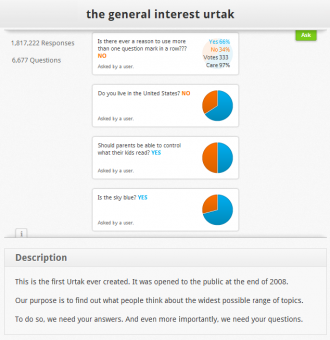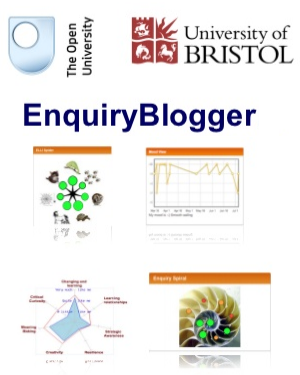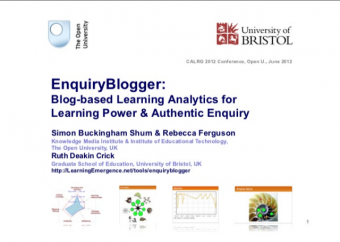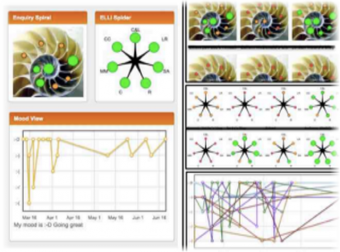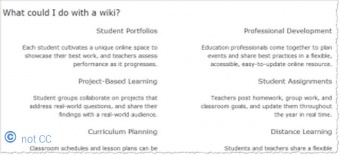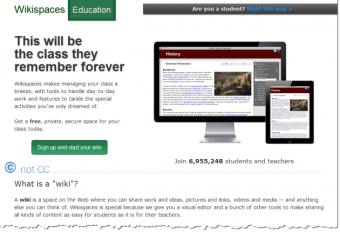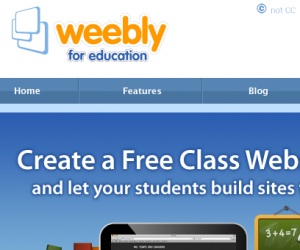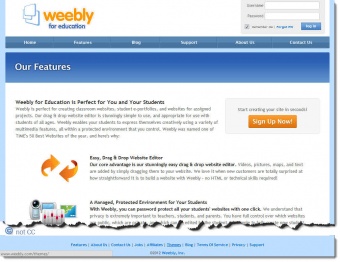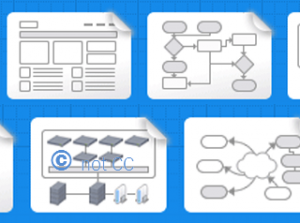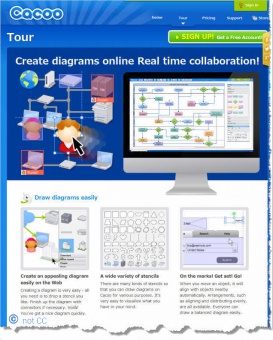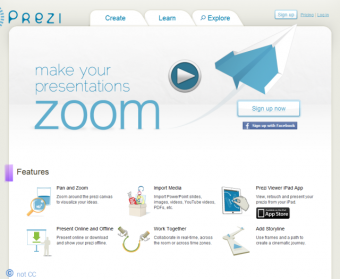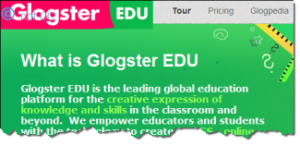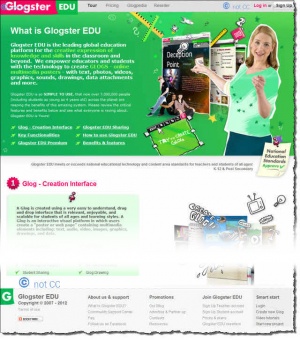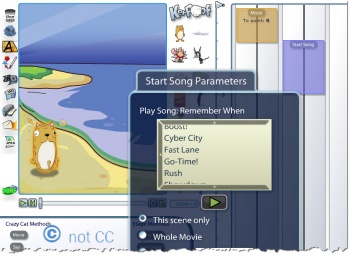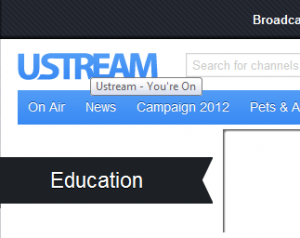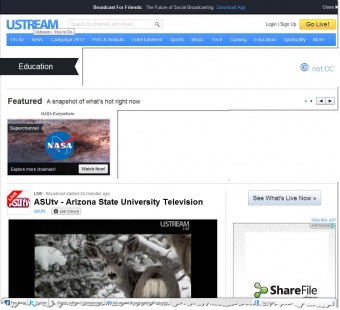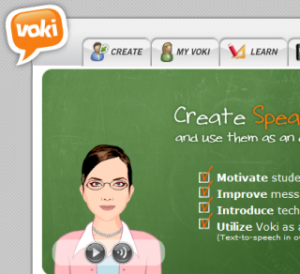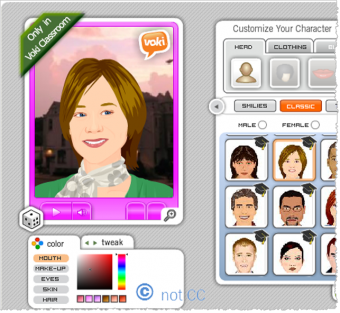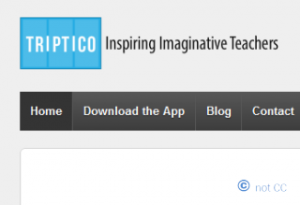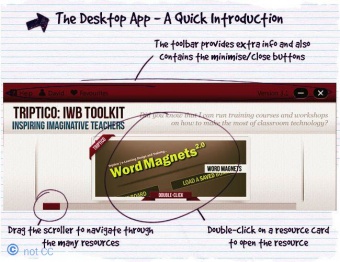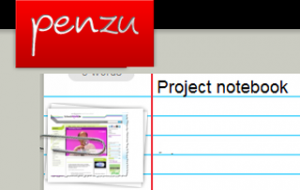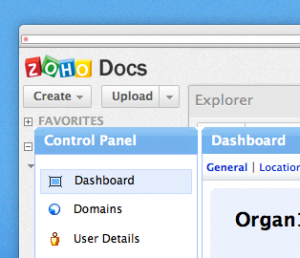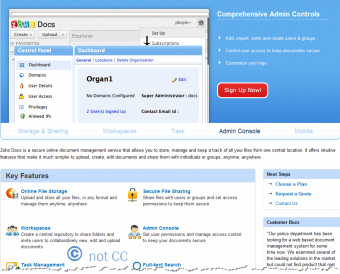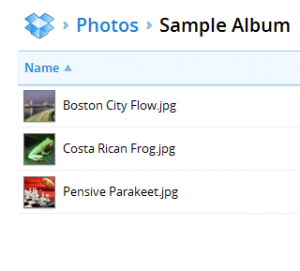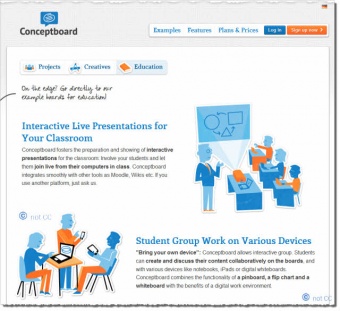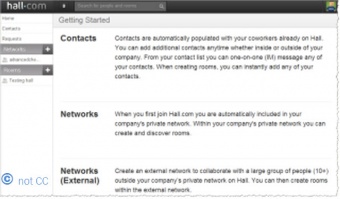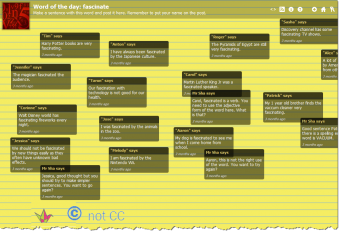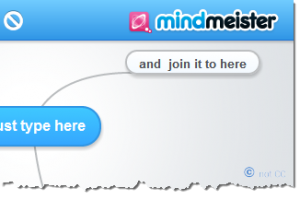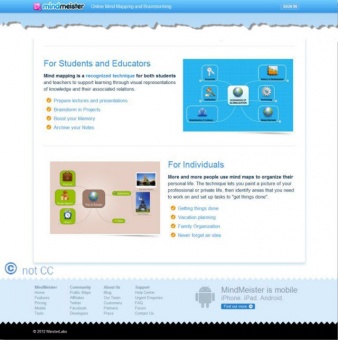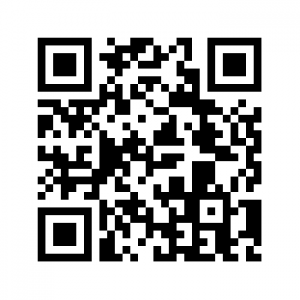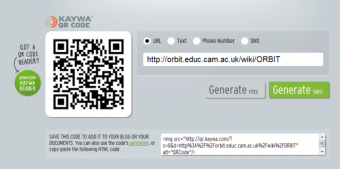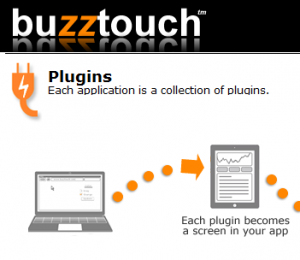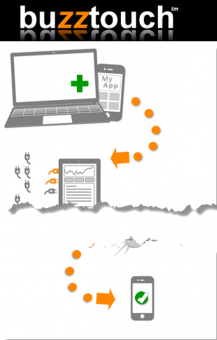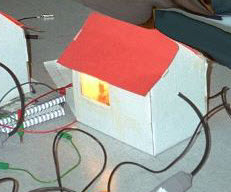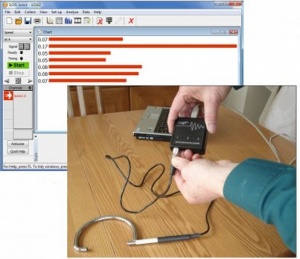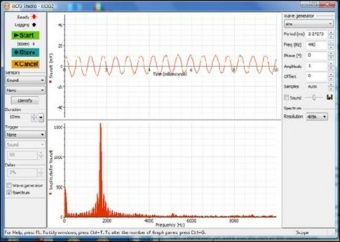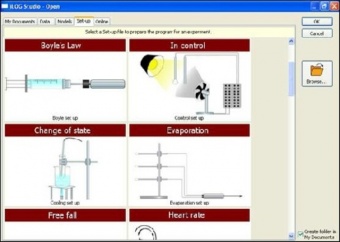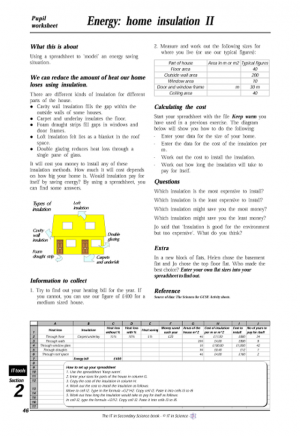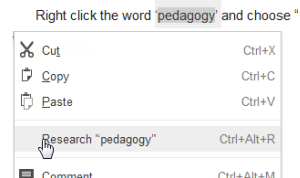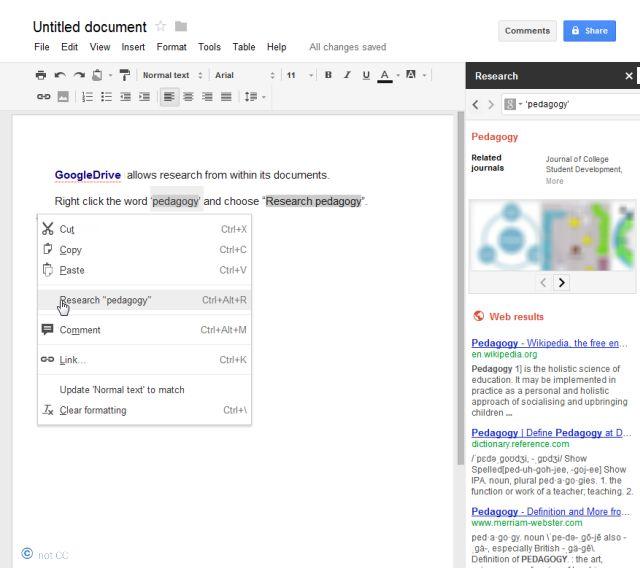Tools/Toolroom
ICT tools – what achieves your objectives?
Think about what you want your students to get out of ICT.
Just a few years back, software tools were stored on your computer but today you can find similar tools online. The tools offer the added value of giving your work an audience, getting feedback, sharing and improving it. Somewhere in the process, you can imagine that learning does happen. There is surely a resource in this list that will help you achieve your objectives. Several will chime with some teachers and not others.
We've provided a little guidance on how you might use some tools, or tagged them with ideas on how they may work. ICT is often not about what the tool can do, but what you do with the tool. For example, Google Drive enables you to share files but you could get students using it to engage in shared real time research. It then becomes a sophisticated tool to collaborate with. Weigh up a focused use, besides a 'hope for the best' use. Don't weigh up quality with hardware and features. At times you might let students choose their own tools.
Of all the words we’ve available to describe these tools, you ought notice that some are entirely absent. The words are enjoyable, cool, innovative and new way to learn. The key words are to do with what achieves teaching objectives. So do experiment, and even return here to share a use that enhances what we aim to do.
Pedagogy and ICT - A Review of the Literature
The Pedagogy and ICT a Review of the Literature article (Loveless, 2009; published by BECTA) covers the relationship between pedagogy and ICT use. This review attempts to offer frameworks for thinking about the ‘What?’, ‘How?' and 'Why?’ questions of teaching with information and communications technologies (ICT), offering a range of tools to help us to understand our teaching in local and global contexts, to help us, as Freire urged, to ‘read the world’ of our practice (Freire and Macedo, 1987). It covers a range of approaches to pedagogy, relating these to ICT and some particular issues raised in the literature (Adapted from Pedagogy and ICT a Review of the Literature, section Introduction).
ICT tools index of sections here
briefly commented out RT section
Chat
Tool Description Tools/Toolroom/description (edit)
Teaching Approach. Tools/Toolroom/teaching approach (edit)
| Tool details | |
| Title | Encourage students to chat in class |
| Topic | |
| Licence / Cost / Platform | Web tool, ready for use |
| Subject / Categories | |
| Teaching Ideas / Links | |
| Link | |
Tool Description Tools/Toolroom/description (edit)
Teaching Approach. Tools/Toolroom/teaching approach (edit)
| Tool details | |
| Title | Talk with your students in an online chatroom |
| Topic | |
| Licence / Cost / Platform | Online Tool |
| Subject / Categories | |
| Teaching Ideas / Links | |
| Link | |
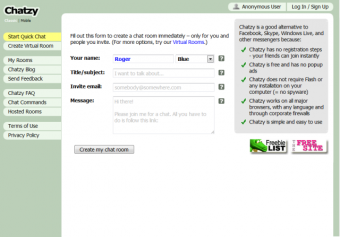
Tool Description Tools/Toolroom/description (edit)
Teaching Approach. Tools/Toolroom/teaching approach (edit)
| Tool details | |
| Title | Exploit social networking for education |
| Topic | |
| Licence / Cost / Platform | A web-based communication tool |
| Subject / Categories | |
| Teaching Ideas / Links | |
| Link | www.facebook.com |
Polls and surveys and feedback
Tool Description Tools/Toolroom/description (edit)
Teaching Approach. Tools/Toolroom/teaching approach (edit)
| Tool details | |
| Title | Ask a question and measure the response |
| Topic | |
| Licence / Cost / Platform | Web Tool |
| Subject / Categories | |
| Teaching Ideas / Links | |
| Link | |
Tool Description Tools/Toolroom/description (edit)
Teaching Approach. Tools/Toolroom/teaching approach (edit)
| Tool details | |
| Title | Measure students' understanding in real-time |
| Topic | |
| Licence / Cost / Platform | Free for students, $3 a month for educators. Students use a web browser link or an app to respond. |
| Subject / Categories | |
| Teaching Ideas / Links | |
| Link | www.understoodit.com |
Tool Description Tools/Toolroom/description (edit)
Teaching Approach. Tools/Toolroom/teaching approach (edit)
| Tool details | |
| Title | Get feedback and involve the audience |
| Topic | |
| Licence / Cost / Platform | This web tool is an Open Source(tool) project at MIT. |
| Subject / Categories | |
| Teaching Ideas / Links | |
| Link | |
Tool Description Tools/Toolroom/description (edit)
Teaching Approach. Tools/Toolroom/teaching approach (edit)
| Tool details | |
| Title | Make a questionnaire |
| Topic | |
| Licence / Cost / Platform | Online tool requires a Google account. The form tools are very flexible, it's free. |
| Subject / Categories | |
| Teaching Ideas / Links | |
| Link | To create forms see http://www.google.com/google-d-s/forms/, for general guidance https://drive.google.com/start#home |
Tool Description Tools/Toolroom/description (edit)
Teaching Approach. Tools/Toolroom/teaching approach (edit)
| Tool details | |
| Title | Share a test with a link |
| Topic | |
| Licence / Cost / Platform | Ready to use |
| Subject / Categories | |
| Teaching Ideas / Links | |
| Link | www.testmoz.com/ |
Tool Description Tools/Toolroom/description (edit)
Teaching Approach. Tools/Toolroom/teaching approach (edit)
| Tool details | |
| Title | Get feedback from the class during a lesson |
| Topic | |
| Licence / Cost / Platform | Web tool, free for small groups to use then rising in cost |
| Subject / Categories | |
| Teaching Ideas / Links | |
| Link | www.polleverywhere.com |
Blogs and websites
Tool Description Tools/Toolroom/description (edit)
Teaching Approach. Tools/Toolroom/teaching approach (edit)
| Tool details | |
| Title | Write for an online audience |
| Topic | |
| Licence / Cost / Platform | A web tool that is easily available, usually just for the price of registering |
| Subject / Categories | |
| Teaching Ideas / Links | |
| Link | Try http://www.blogger.com, http://www.wordpress.org, http://www.typepad.com for example |
Tool Description Tools/Toolroom/description (edit)
Teaching Approach. Tools/Toolroom/teaching approach (edit)
| Tool details | |
| Title | Questions and discussion around a blog |
| Topic | |
| Licence / Cost / Platform | |
| Subject / Categories | |
| Teaching Ideas / Links | |
| Link | |
Tool Description Tools/Toolroom/description (edit)
Teaching Approach. Tools/Toolroom/teaching approach (edit)
| Tool details | |
| Title | Get students to categorise their blogs |
| Topic | |
| Licence / Cost / Platform | Web tool that runs as a Template:Plugin within the WordPress(tool) blogging platform |
| Subject / Categories | |
| Teaching Ideas / Links | |
| Link | |
Web sites
Tool Description Tools/Toolroom/description (edit)
Teaching Approach. Tools/Toolroom/teaching approach (edit)
| Tool details | |
| Title | Share knowledge; share the load of sharing it |
| Topic | |
| Licence / Cost / Platform | Web tool |
| Subject / Categories | |
| Teaching Ideas / Links | |
| Link | www.wikispaces.com |
Tool Description Tools/Toolroom/description (edit)
Teaching Approach. Tools/Toolroom/teaching approach (edit)
| Tool details | |
| Title | A multimedia website project report |
| Topic | |
| Licence / Cost / Platform | A web site building tool that works in an Internet browser window. |
| Subject / Categories | |
| Teaching Ideas / Links | |
| Link | education.weebly.com |
Communicate using multimedia
Tool Description Tools/Toolroom/description (edit)
Teaching Approach. Tools/Toolroom/teaching approach (edit)
| Tool details | |
| Title | Draw diagrams and collaborate |
| Topic | |
| Licence / Cost / Platform | Web tool |
| Subject / Categories | |
| Teaching Ideas / Links | |
| Link | |
Tool Description Tools/Toolroom/description (edit)
Teaching Approach. Tools/Toolroom/teaching approach (edit)
| Tool details | |
| Title | Make a multimedia presentation that can pan and zoom |
| Topic | |
| Licence / Cost / Platform | Web tool with a premium downloadable version |
| Subject / Categories | |
| Teaching Ideas / Links | |
| Link | |
Tool Description Tools/Toolroom/description (edit)
Teaching Approach. Tools/Toolroom/teaching approach (edit)
| Tool details | |
| Title | Make a multimedia poster |
| Topic | |
| Licence / Cost / Platform | Web tool with premium teacher option |
| Subject / Categories | |
| Teaching Ideas / Links | |
| Link | |
Tool Description Tools/Toolroom/description (edit)
Teaching Approach. Tools/Toolroom/teaching approach (edit)
| Tool details | |
| Title | Tell a story using timeline animation |
| Topic | |
| Licence / Cost / Platform | Web tool from Disney |
| Subject / Categories | |
| Teaching Ideas / Links | |
| Link | |
Tool Description Tools/Toolroom/description (edit)
Teaching Approach. Tools/Toolroom/teaching approach (edit)
| Tool details | |
| Title | Broadcast live video from school |
| Topic | |
| Licence / Cost / Platform | Web based tool, needing a web camera |
| Subject / Categories | |
| Teaching Ideas / Links | |
| Link | www.ustream.tv |
Tool Description Tools/Toolroom/description (edit)
Teaching Approach. Tools/Toolroom/teaching approach (edit)
| Tool details | |
| Title | Make animated characters talk |
| Topic | |
| Licence / Cost / Platform | Web based tool, partly free and advertising supported. A none-too costly classroom subscription option is available. |
| Subject / Categories | |
| Teaching Ideas / Links | |
| Link | voki.com |
[[Image:|thumb|300px]]
Tool Description Tools/Toolroom/description (edit)
Teaching Approach. Tools/Toolroom/teaching approach (edit)
| Tool details | |
| Title | Watch video |
| Topic | |
| Licence / Cost / Platform | |
| Subject / Categories | |
| Teaching Ideas / Links | |
| Link | |
Tool Description Tools/Toolroom/description (edit)
Teaching Approach. Tools/Toolroom/teaching approach (edit)
| Tool details | |
| Title | A panoramic presentation with hot-spots |
| Topic | |
| Licence / Cost / Platform | Web-based tool with some immediate use |
| Subject / Categories | |
| Teaching Ideas / Links | |
| Link | |
Tool Description Tools/Toolroom/description (edit)
Teaching Approach. Tools/Toolroom/teaching approach (edit)
| Tool details | |
| Title | Sort objects with an interactive whiteboard |
| Topic | |
| Licence / Cost / Platform | This is a desktop application to install on a PC or Mac. See the author's video for a demonstrations of new features at: http://www.screenr.com/user/david_triptico |
| Subject / Categories | |
| Teaching Ideas / Links | |
| Link | www.triptico.co.uk |
Tool Description Tools/Toolroom/description (edit)
Teaching Approach. Tools/Toolroom/teaching approach (edit)
| Tool details | |
| Title | Explain ideas using animation |
| Topic | |
| Licence / Cost / Platform | |
| Subject / Categories | |
| Teaching Ideas / Links | |
| Link | SCRATCH; POWERPOINT; TOOLS IN THIS SECTION |
Further notes:
- Visualising Ideas: Mind maps and similar ideas, see e.g. http://www.tessafrica.net/files/tessafrica/kr_brainstorming.pdf
- Visualising Data: Undertanding the relationship between data (numbers or words) and how they can be visualised - e.g. how changes in numbers impact on the mean, and thus on the graph.
- Visualising Processes and Simple Ideas: Diagrams in science, Drawing shapes
Communicate – Words
Tool Description Tools/Toolroom/description (edit)
Teaching Approach. Tools/Toolroom/teaching approach (edit)
| Tool details | |
| Title | Keep a personal notebook online |
| Topic | |
| Licence / Cost / Platform | A web-based tool |
| Subject / Categories | |
| Teaching Ideas / Links | |
| Link | www.penzu.com |
Tool Description Tools/Toolroom/description (edit)
Teaching Approach. Tools/Toolroom/teaching approach (edit)
| Tool details | |
| Title | Typing, collaboration and communication |
| Topic | |
| Licence / Cost / Platform | A web-based tool |
| Subject / Categories | |
| Teaching Ideas / Links | |
| Link | |
Tool Description Tools/Toolroom/description (edit)
Teaching Approach. Tools/Toolroom/teaching approach (edit)
| Tool details | |
| Title | Share and keep files online |
| Topic | |
| Licence / Cost / Platform | Web tool with an optional downloadable program to keep your files synchronised. Take care to 'move' rather than 'delete' files from a synchronised folder. |
| Subject / Categories | |
| Teaching Ideas / Links | |
| Link | www.dropbox.com |
Tool Description Tools/Toolroom/description (edit)
Teaching Approach. Tools/Toolroom/teaching approach (edit)
| Tool details | |
| Title | Illustrate content as a word cloud |
| Topic | |
| Licence / Cost / Platform | web tool |
| Subject / Categories | |
| Teaching Ideas / Links | |
| Link | |
Collaborate
Tool Description Tools/Toolroom/description (edit)
Teaching Approach. Tools/Toolroom/teaching approach (edit)
| Tool details | |
| Title | Brainstorm ideas and documents |
| Topic | |
| Licence / Cost / Platform | A multi-featured web tool. Some free use for individuals. |
| Subject / Categories | |
| Teaching Ideas / Links | |
| Link | |
Tool Description Tools/Toolroom/description (edit)
Teaching Approach. Tools/Toolroom/teaching approach (edit)
| Tool details | |
| Title | Video conference and message using text |
| Topic | |
| Licence / Cost / Platform | Web tool or desktop application |
| Subject / Categories | |
| Teaching Ideas / Links | |
| Link | www.hall.com |
Tool Description Tools/Toolroom/description (edit)
Teaching Approach. Tools/Toolroom/teaching approach (edit)(appears above table)
| Tool details | |
| Title | A multimedia 'wall' for creative, collaborative interaction |
| Topic | |
| Licence / Cost / Platform | webtool |
| Subject / Categories | |
| Teaching Ideas / Links | |
| Link | |
Tool Description Tools/Toolroom/description (edit)
Teaching Approach. Tools/Toolroom/teaching approach (edit)
| Tool details | |
| Title | Plan and make a mindmap |
| Topic | |
| Licence / Cost / Platform | Web tool |
| Subject / Categories | |
| Teaching Ideas / Links | |
| Link | |
Model and Write code
https://docs.google.com/document/d/1NY1s-s5S3BGnVgGnwA18hTyMIYk4ZkkpVioFiewWFQE/
Tool Description Tools/Toolroom/description (edit)
Teaching Approach. Tools/Toolroom/teaching approach (edit)
| Tool details | |
| Title | Modelling geometry |
| Topic | |
| Licence / Cost / Platform | Web tool or download |
| Subject / Categories | |
| Teaching Ideas / Links | Use Geogebra for visualisation and modelling |
| Link | |
Tool Description Tools/Toolroom/description (edit)
Teaching Approach. Tools/Toolroom/teaching approach (edit)
| Tool details | |
| Title | Label objects with notes and knowledge |
| Topic | |
| Licence / Cost / Platform | Web tool allows you to create a code. A phone or webcam app is needed to scan the pattern |
| Subject / Categories | |
| Teaching Ideas / Links | Richard Byrne offers ideas for the use of QR codes at http://www.freetech4teachers.com/2012/04/qr-codes-explained-and-ideas-for.html#.UEYYwaAmySo |
| Link | |
Tool Description Tools/Toolroom/description (edit)
Teaching Approach. Tools/Toolroom/teaching approach (edit)
| Tool details | |
| Title | Write an app for any mobile device |
| Topic | |
| Licence / Cost / Platform | Create iphone, ipad and android apps |
| Subject / Categories | |
| Teaching Ideas / Links | |
| Link | www.buzztouch.com |
Tool Description Tools/Toolroom/description (edit)
Teaching Approach. Tools/Toolroom/teaching approach (edit)
| Tool details | |
| Title | Explain ideas using animation |
| Topic | |
| Licence / Cost / Platform | |
| Subject / Categories | |
| Teaching Ideas / Links | |
| Link | SCRATCH; POWERPOINT; TOOLS IN THIS SECTION |
Further notes:
- Visualising Ideas: Mind maps and similar ideas, see e.g. http://www.tessafrica.net/files/tessafrica/kr_brainstorming.pdf
- Visualising Data: Undertanding the relationship between data (numbers or words) and how they can be visualised - e.g. how changes in numbers impact on the mean, and thus on the graph.
- Visualising Processes and Simple Ideas: Diagrams in science, Drawing shapes
Measure and handle data
Tool Description Tools/Toolroom/description (edit)
Teaching Approach. Tools/Toolroom/teaching approach (edit)
| Tool details | |
| Title | Use sensors to measure and investigate |
| Topic | |
| Licence / Cost / Platform | Needs equipment |
| Subject / Categories | |
| Teaching Ideas / Links | |
| Link | |
Investigating a way to keep your house warm and a graph from an investigation comparing ways to make coffee
A curriculum
The following table is a guide to the way pupils might progress with their use of sensors and control technology.
| Progression in measuring and controlling things | What the pupils do in science (or technology) | |
| Recognise that everyday devices respond to signals and commands and they can make them respond in different ways. | Talk about how to use a video recorder. | 1 |
| Control devices purposefully and describe the effects of their actions. | Technology: introduce robots. | 2 |
| Understand how to control equipment to achieve specific outcomes by giving a series of instructions. | Technology: control a robot. | 3 |
| Use IT to control events in a predetermined manner, to collect physical data and display it. | Technology: control a robot and make it perform a set routine. Use sensors to make measurements and display readings. | 4 |
| Create sets of instructions to control events, and become sensitive to the need for precision in framing and sequencing instructions. | Technology: control a robot and make it perform a set routine. | 5 |
| Develop, trial and refine sets of instructions to control events, demonstrating an awareness of the notions of efficiency and economy in framing these instructions. Understand how IT devices can be used to monitor and measure external events, using sensors. | Technology: control a robot, make it perform a set routine and not be content with just getting it to work. Use sensors to make measurements, for example, use digital sensors to measure their reaction time. | 6 |
| Use IT equipment and software to measure and record physical variables. | Use sensors to make measurements in experiments. Use a data logger to record the room temperature and light level over a weekend. Display readings as time graphs. | 7 |
| Select the appropriate IT facilities for specific tasks, taking into account ease of use and suitability for purpose. Design successful means of capturing and preparing information for computer processing. When assembling devices that respond to data from sensors, they describe how feedback might improve the performance of the system. | Use sensors to make measurements in experiments. Select appropriate sensors and recording parameters. Use the data in the data logging program or export it to a spreadsheet or word processor. Develop a control system to run a biofermenter, an aquarium or fire alarm. Discuss and document the work to a high standard. | 8 |
Learning to use sensors
Progression is no less important in using computers and sensors than any other part of the curriculum. How then might pupil's skills develop as they move through school? This list is one answer.
Age 5-7
Use sensors to show whose hands are hottest. Show, using graphical or bar displays, which things are hot or which sound is loudest or which place is darkest? For a primer on control, they might learn to use video recorders, programmable toys or robots.
Age 8-11
Use temperature sensors instead of thermometers to investigate the cooling of a drink. Use other sensors as opportunities arise. Consider the advantages of sensors over human sensors and suggest some uses for them around the home. Use control technology to power models (juston/off to start with) and develop this further (move left/right, fast/slow). Do a control project that combines the use of sensors with control.
Age 11-13
Develop the use of sensors - starting with some initial demonstrations - moving onto investigations. Introduce different sensors, show what they measure and how they are used at home. Pupils might also learn to use a data logger to say, compare indoor and outdoor temperatures over the day. Use digital sensors for measuring their reaction time or things sliding down a slope. Build a control system such as an air conditioning system or a baby incubator.
Age 14-16
By this age, pupils should be using sensors as scientific tools in investigations and projects. They should develop the skill to use two different sensors at once and plot one value say, pressure against temperature. They should examine data critically and if the data logging software is rather limited, they might learn to put the data into a spreadsheet. Combining data, graphs and text in a word processor report is another important skill. For control work pupils might develop a control system using sensors (push switches or light sensors) and output devices (heaters, buzzers, lamps). In some courses, they would be expected to plan, design, make, test, evaluate and document their project.
Age 18-
Pupil's skills should be put to full use at this age, although sooner would be much more useful. They should be able to choose their measuring tools, analyse data, criticise and document their work on the computer.
See especially Roger Frost's Data_Logging_and_Control
This resource was created by Roger Frost, and is under the ORBIT's CC licence.
Tool Description Tools/Toolroom/description (edit)
Teaching Approach. Tools/Toolroom/teaching approach (edit)
| Tool details | |
| Title | Collect and handle data from experiments |
| Topic | |
| Licence / Cost / Platform | Needs equipment |
| Subject / Categories | |
| Teaching Ideas / Links | Most UK school science departments own a quantity of data logging sensors. How often it’s used varies from little to several occasions per year. |
| Link | Link to software, developed at the University of Leicester, and made to work across the many different manufacturers hardware http://www.insightresources.co.uk |
Tool Description Tools/Toolroom/description (edit)
Teaching Approach. Tools/Toolroom/teaching approach (edit)
| Tool details | |
| Title | Numbers, graphs and maths |
| Topic | |
| Licence / Cost / Platform | |
| Subject / Categories | |
| Teaching Ideas / Links | |
| Link | |
Find information - Research
<-- Tools/GoogleDrive -->>
Research from within a document
The keen-eyed will have noted that a right-click on text in Microsoft Word can launch a side-panel containing definitions; Wiki pages and information. The feature appears in Google Drive (formerly Google Docs),
A right-click on a word in a Google document show this in much the same way:
searching for somewhere to search, try the tools on www.scoop.it/edu-search
Teachers may also find this document https://docs.google.com/document/d/1KdxyaC9_7T5zXYhij2CK3s5EyRT-Sq3NbbaWrwSCXzk/edit on conducting research on the internet useful; it offers advice on task design, some websites for lesson ideas, and some ideas for embedding research into high quality pedagogy.

